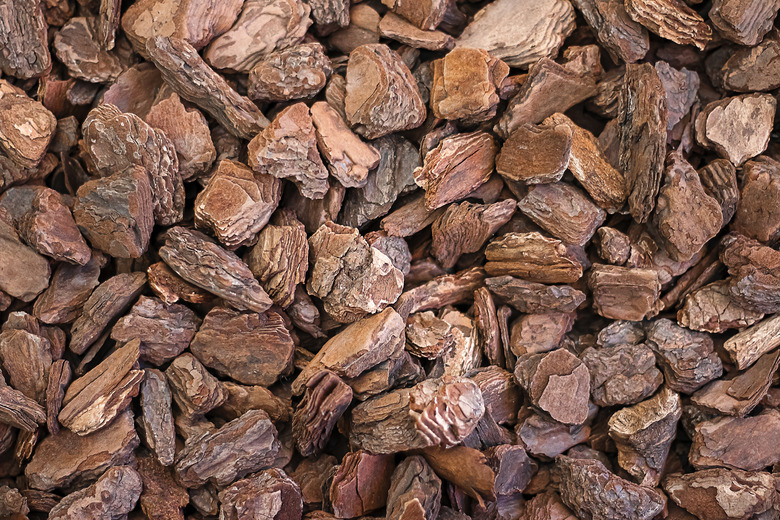Uses For Cedar Chips
Cedar chips are a useful addition to the garden, with one of the most common uses for cedar chips being a mulching material. Most cedar chips for garden use are made from trees that are not "true" cedars — eastern red cedar (Juniperus virginiana, USDA zones 2-9), or western red cedar (Thuja plicata, zones 5-7). Cedar chips made from true cedars (Cedrus spp., zones 6-9), also pose no danger when used around garden plants. Eastern red cedar has a potential to become invasive in some locations.
Uses for Cedar Chips: Mulch
Uses for Cedar Chips: Mulch
One of the most common uses for cedar chips is as a landscape mulch. Cedar chips work well as garden mulch, especially in ornamental beds where they can break down slowly without disturbance. Although cedar chip mulch can be used for annual plants and vegetables, it shouldn't be cultivated into the soil at the end or beginning of each gardening season.
When using cedar chips as mulch, apply small chips in a layer 1 to 2 inches thick and large chips in a layer 3 to 4 inches thick so the mulch suppresses most weeds and is a sufficient depth to conserve soil moisture. Lay it directly on the soil surface so the decomposing lower chips leach nutrients into the soil. Laying the chips over a weed barrier, such as landscape fabric, prevents their decomposition's benefits. The mulch requires annual replenishment to maintain its depth.
Paths and Walkways
Paths and Walkways
Mulch from cedar chips provides benefits beyond the garden bed. One of the other uses for cedar chips is to create informal paths and walkways throughout the landscape. You can also use it to prevent plant growth in ornamental areas, such as around a lawn ornament or mailbox.
When using mulch for a decorative and plant-free purpose where soil quality isn't an issue, install a layer of landscape fabric beneath the cedar chips to prevent and reduce weed growth and keep the chips from sinking into the soil. Make the mulch layer at least 2 inches thick to avoid bare spots, and pull all plants that manage to root in the shallow mulch layer above the landscape fabric.
Before installing the mulch and landscaping fabric, remove approximately 2 inches of existing sod or soil in the area marked out for the path. If sod is present, remove it by digging deeply enough to get all the roots or spraying the sod with a ready-to-use glyphosate product and allowing the sod to die, which takes approximately one to two weeks. Once brown and dead, dig the sod from the pathway area. Cut the landscaping fabric to fit the walkway's size and install, finishing by laying the cedar chips on top.
Pest Infestation Prevention
Pest Infestation Prevention
Wood chips that are cedar often possess insect-repellent capabilities, especially those made from western red cedar. Using the chips to mulch around your house can help keep insects from coming close and finding an entrance to the structure.
Insects that Western red cedar are know to either kill, repel or inhibit include termites, roaches, odorous house ants and carpet beetles. Cedar mulch around plants helps repel pests. Western red cedar chips contain the chemical compound thujaplicin, which provides fungicidal and antibacterial properties that can cut down on fungal spores and diseases in the garden.
Composting Cedar Chips
Composting Cedar Chips
Old cedar mulch needs to be composted before it can be turned into garden soil. If you must till a garden bed, remove its non-composted layer of cedar mulch first. Otherwise, it may cause a nitrogen deficiency in the soil, and the chunks of wood can compromise water movement and aeration.
Wood chips can take up to 10 years to compost completely in the ground, but you can speed up the composting process by mixing them into a "hot" compost pile for at least three months, or until the chips break down. A hot pile typically contains two parts wood chips to one part grass clippings or other green materials, and it heats to 120 to 150 degrees Fahrenheit at the peak of the composting process.
